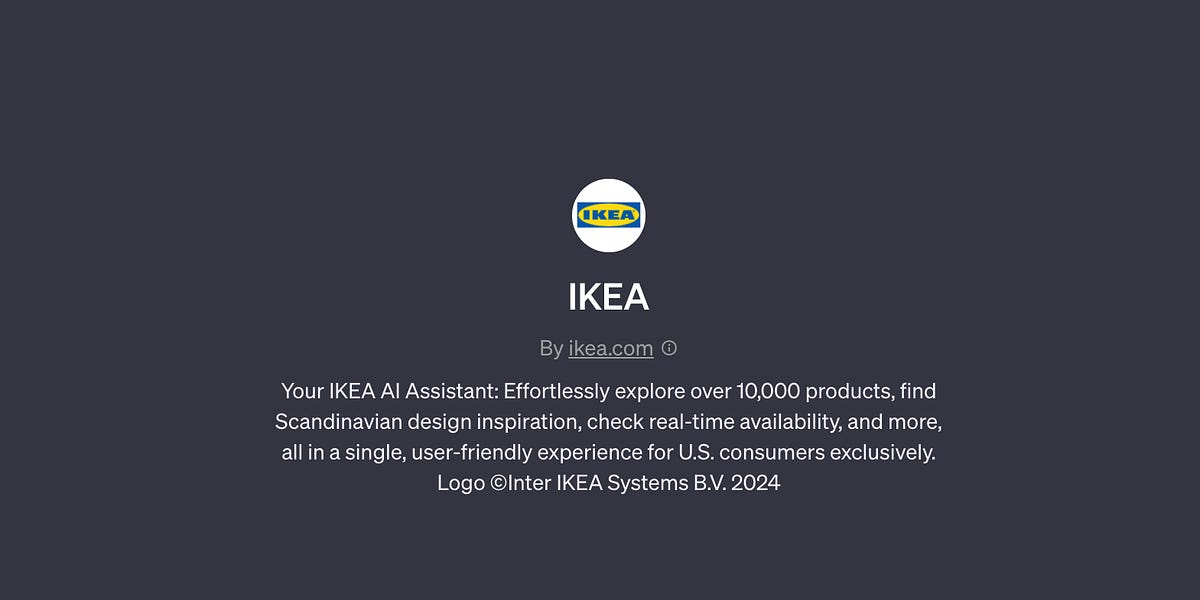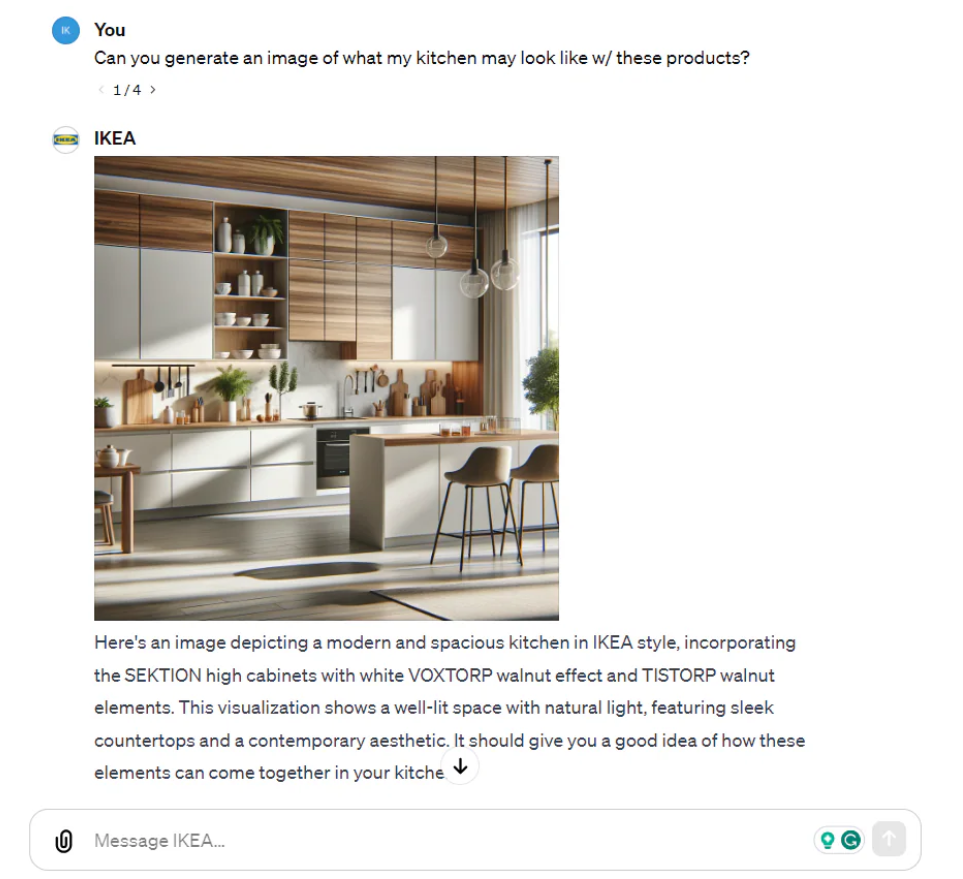James O’Malley has written a fantastic piece on the results of a recent Transport for London (TfL) experiment in using AI to improve safety and the passenger experience at the Willesden Green London Underground station.
While the technology was initially implemented with an eye on detecting fare evasion, the experiment has thrown up a host of potential added use cases like the below:
- Track how crowds move through the station, which could be useful for managing capacity at rush hour or knowing where to deploy staff when there’s a football crowd passing through.
- If someone steps foot on to the tracks or into an unauthorised areas of the station, the staff can receive an immediate alert.
- If someone in a wheelchair passes through the station, they can be immediately flagged to staff, so that any assistance they need can be provided.
- Alert staff if a person is sat on a bench for longer than ten minutes or if they were in the ticket hall for longer than 15 minutes, as it implies they may be lost or require help.
This could be a powerful tool for collecting statistical data and giving management a high-level view of what’s happening at a station, which can lead to improvements in both security and passenger welfare.






